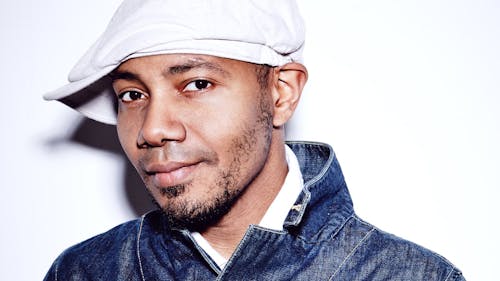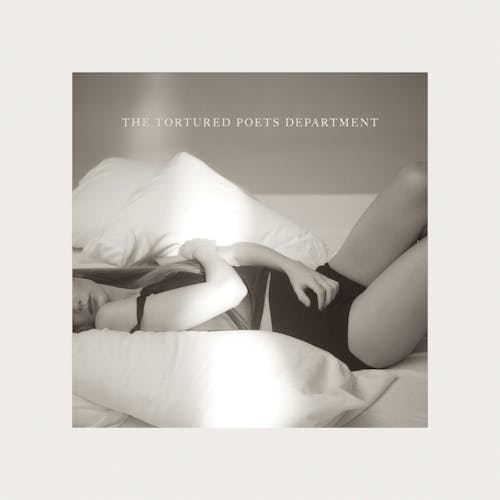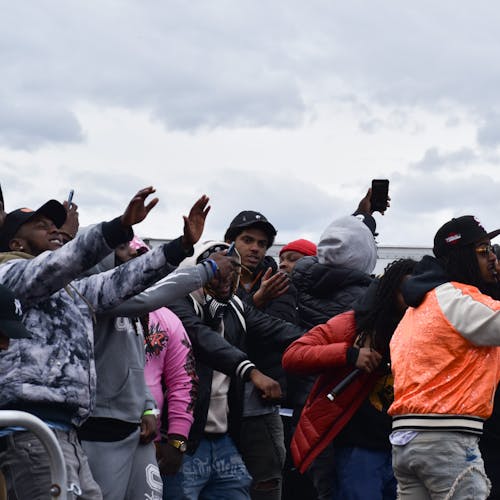Insider Beat: DJ Spooky on mixing up status quo through music, art

When Stephanie Dvareckas met Paul D. Miller, also known as DJ Spooky, at the "Artists Against the Bomb" exhibit organized by the Judd Foundation, the two were looking to address a critical issue with global impacts. The showcase, part of a broader campaign advocating for nuclear disarmament, provided a platform for artists to discuss the role of art in a world on the brink of a nuclear crisis.
As a Ph.D. candidate in the Department of Art History at Rutgers and a Dodge Fellow at the Zimmerli Art Museum, Dvareckas curated the recent exhibit, "The Body Implied: Vanishing Figures in Soviet Art." The showcase features work, stemming back to the 1970s, that explores tensions between the body, the state and the self by featuring partially obscured or hidden figures.
Her engagement with themes of disappearance and the ephemeral nature of existence made Miller's exploration of nuclear technology's impact on civilization and disruption of media hierarchy a perfect complement.
Last week, this partnership came to the forefront as Miller showcased this innovative approach at the Zimmerli, presenting a multimedia piece titled "Anthropocene Blues - The Peace Symphony," sharing themes with "The Body Implied."
Miller, influenced by his upbringing in a culturally diverse environment in Washington, D.C., and early exposure to global crises, like the fall of the Berlin Wall, took to art as a medium to address and explore these issues.
"Art can help us rethink the serious fragility of our time," he said, reflecting on art's power to highlight and interrogate societal issues of immense significance.
Influenced by boundary-pushing bands like Nirvana, Public Enemy and Bad Brains, while also being driven by an avid curiosity, he crafted his unique approach through "acoustic portraits," capturing images and ideas through sound. These portraits encourage the audience to interpret and embrace his music in personal ways, thereby making his art more accessible and impactful.
With his art, Miller aims to "keep things accessible but complex," encouraging audiences to think and reflect to reach their own conclusions.
By transforming stories into a mix of classical music, hip hop and electronic compositions that transcend boundaries, Miller's "acoustic portraits" offered a profound reflection on human resilience and the devastating effects of nuclear conflict.
Music and writing are critical components of Miller's work and his identity, but he notes other essential characteristics like "curiosity" as a driving force.
Artists like Miller and art historians like Dvareckas do more than create — they challenge others to question the status quo and to envision a world free of past mistakes, a world that learns from history. Their art transcends mediums and becomes a catalyst for change.
In an era where the threat of nuclear conflict still looms large, their art not only reflects societal fears but also ignites the collective capacity to fight and make a change.
"The world doesn't need to be the way it is," said Miller.



